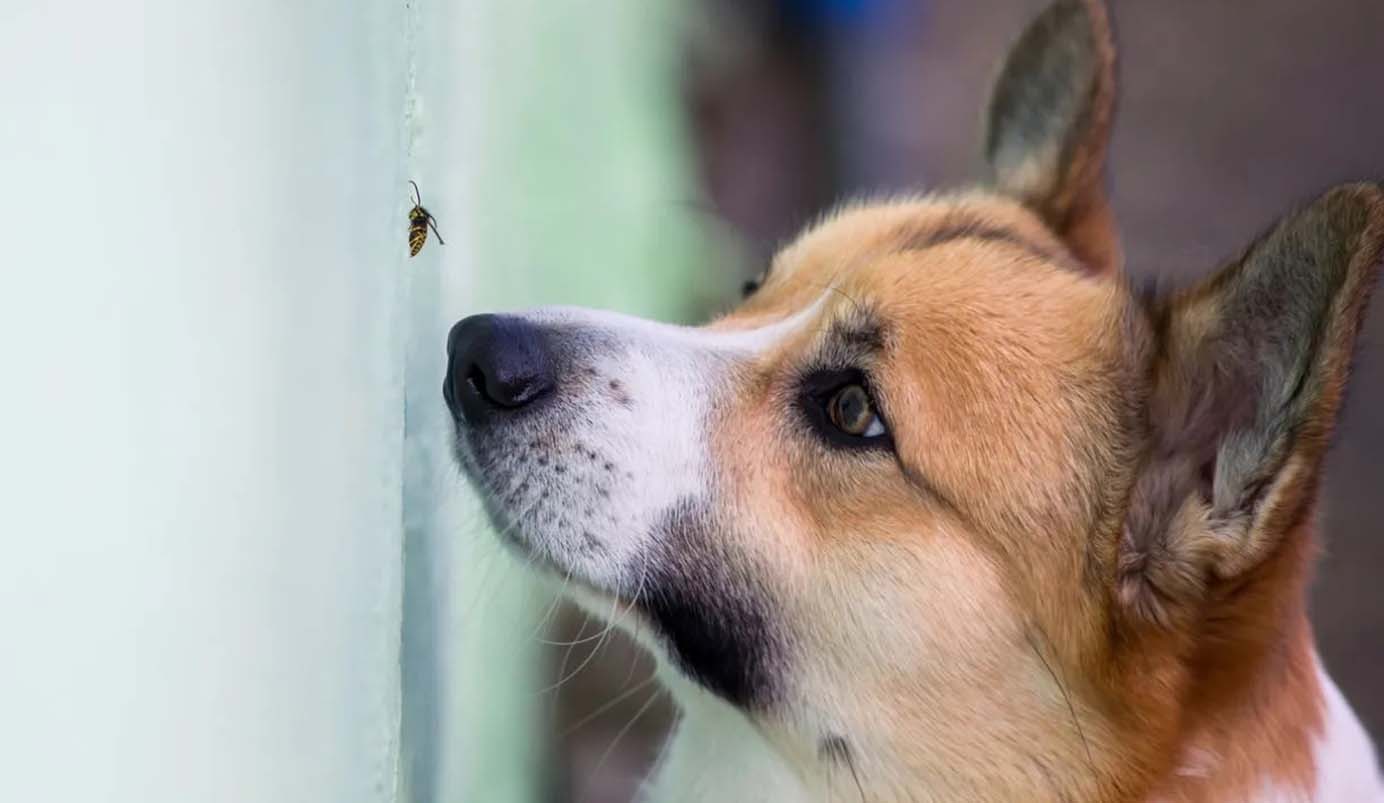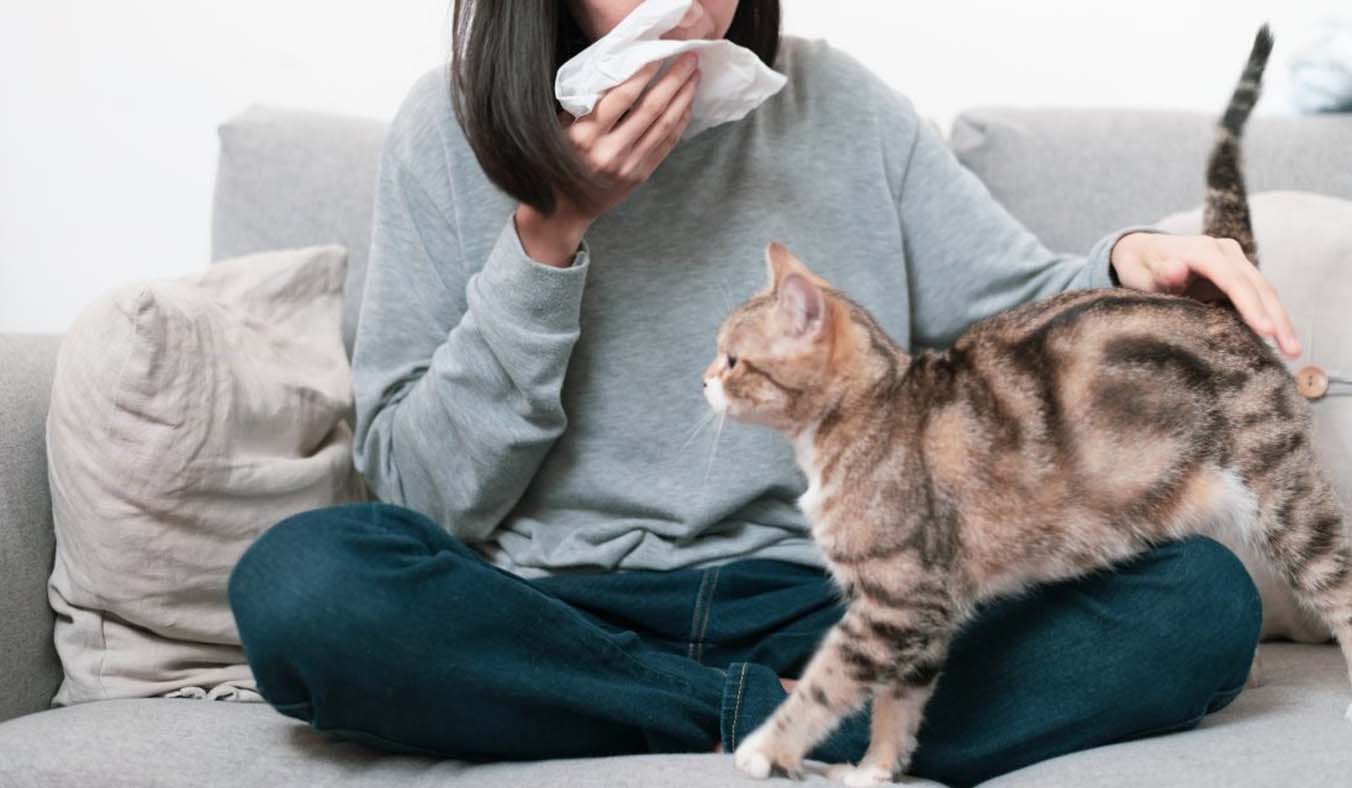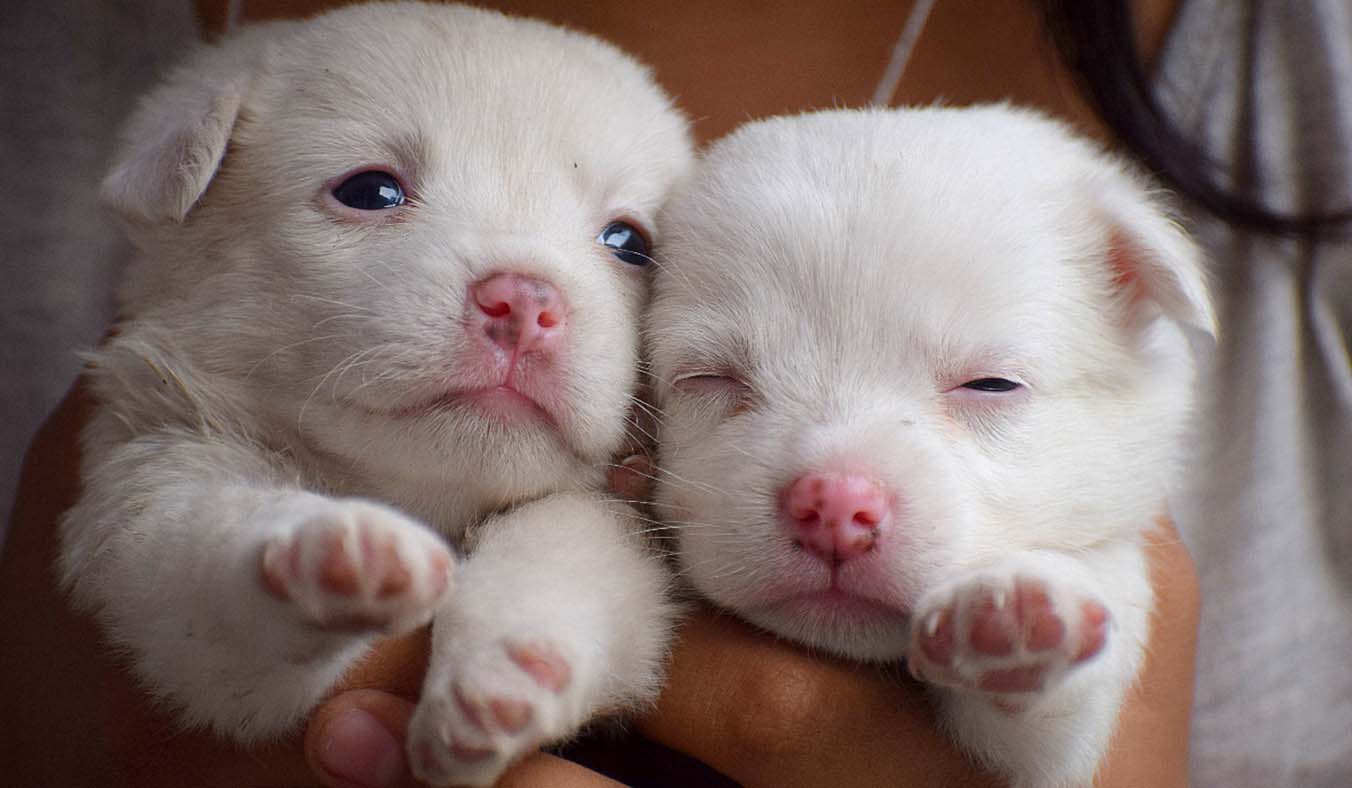A sting from a bee or wasp can happen to anyone at any time. In France, the risk is highest in spring and summer, but if you’re traveling abroad for vacation, the time of year doesn’t matter. In the event of a sting, the most important thing is to recognize it quickly and react appropriately, as an improper reaction can be fatal!
Bee or wasp sting in a dog
Sting in a dog – symptoms:
sudden cries, whimpers
rapid movements
disorientation
excessive licking at a particular spot
Sting in a cat – symptoms
hissing
previously searching for an insect
intense tail movement
attempt to flee
intense licking at a particular spot
Over time, swelling is observed in the affected area in both dogs and cats.
Was it a bee or a wasp?
Bee:
is very hairy
stings once and dies after the sting
leaves a stinger in the victim’s body
peaceful, difficult to anger
lives in groups
Wasp:
has a robust body with stripes
a strong constriction at the waist on the body
does not leave a stinger in the victim’s body
stings only a few times
can be a solitary insect
very low patience threshold – quick attack
What to do if your dog or cat is stung by a wasp or bee?
The treatment after a sting from a wasp or bee is similar. However, it differs depending on where the sting occurred.
The most important thing is to protect the affected pet quickly after the sting. Then, disinfect the sting site. It is best to use a proven disinfectant based on a mild disinfectant; any product with “acetate” in its name will do. You can also use boiled and cooled water for cleaning. The use of hydrogen peroxide or alcohol is not recommended. In the case of a bee sting, it is necessary to remove the stinger. This can be done with tweezers or, as a last resort, simply with a fingernail.
If your dog or cat is stung on the head, in the mouth, or worse, in the mucous membranes, take it to the vet immediately. If a bee or wasp stings in these areas, there is a risk that the swelling will constrict the airways and cause the animal to suffocate.
The next step is to cool the sting site. Use bandages, towels, and other moist and cooled materials for this purpose. Applying ice or frozen products is not recommended. Remember to avoid temperature shock.
The pet should then be carefully observed. If the bite area enlarges significantly, immediate veterinary attention is required.

You might also be interested in: Everything about your pet’s immunity
Anaphylactic shock in a dog or cat:
The case of a sting from a wasp or bee becomes significantly more complicated when the animal is allergic to the venom. Then, an anaphylactic shock occurs, which poses a real threat to the animal’s life.
Symptoms of anaphylactic shock:
Redness
Swelling of the sting site
Swelling around the throat, mouth, head
Difficulty breathing
Cough
Unconsciousness
Anaphylactic shock manifests as a sudden drop in blood pressure, leading to unconsciousness and death of the animal. The swelling in the throat area makes breathing difficult and can cause the dog or cat to suffocate.
If you believe your pet is experiencing anaphylactic shock, take it to the vet immediately! On the way to the clinic, lay your dog or cat on its side and continue to cool the sting sites.
How to protect your cat or dog from stings?
To protect your cat or dog from bee or wasp stings, you can take various measures to ensure that your furry friend remains safe and protected.
- Install fly screens on windows: Fly screens provide an effective barrier to prevent insects like bees and wasps from entering your home. This significantly reduces the risk of stings for your pet. Make sure the fly screens are properly installed and have no gaps through which insects could enter.
- Monitor your pet outdoors: When your pet is outdoors, whether on the balcony, in the garden, or on walks, always keep a watchful eye on it. Distract it if it shows interest in insects, and guide it to safe areas free from bees and wasps.
- Plant mosquito-repellent flowers: Another effective way to keep bees and wasps away is by planting mosquito-repellent flowers like Plectrantus coleus on your balcony or in your garden. These plants have natural repellents that can help reduce insects’ interest in your living area.
- Install a balcony guard: If you have a balcony, installing a balcony guard can provide an additional layer of security to protect your pet from falls or unwanted encounters with bees or wasps. A balcony guard not only prevents escapes but also reduces the risk of insects entering your apartment.

To ensure the overall well-being of your pet, it is important to take precautions to avoid bee or wasp stings. However, in the case of a severe allergic reaction, it is crucial to seek immediate veterinary attention for appropriate treatment.



